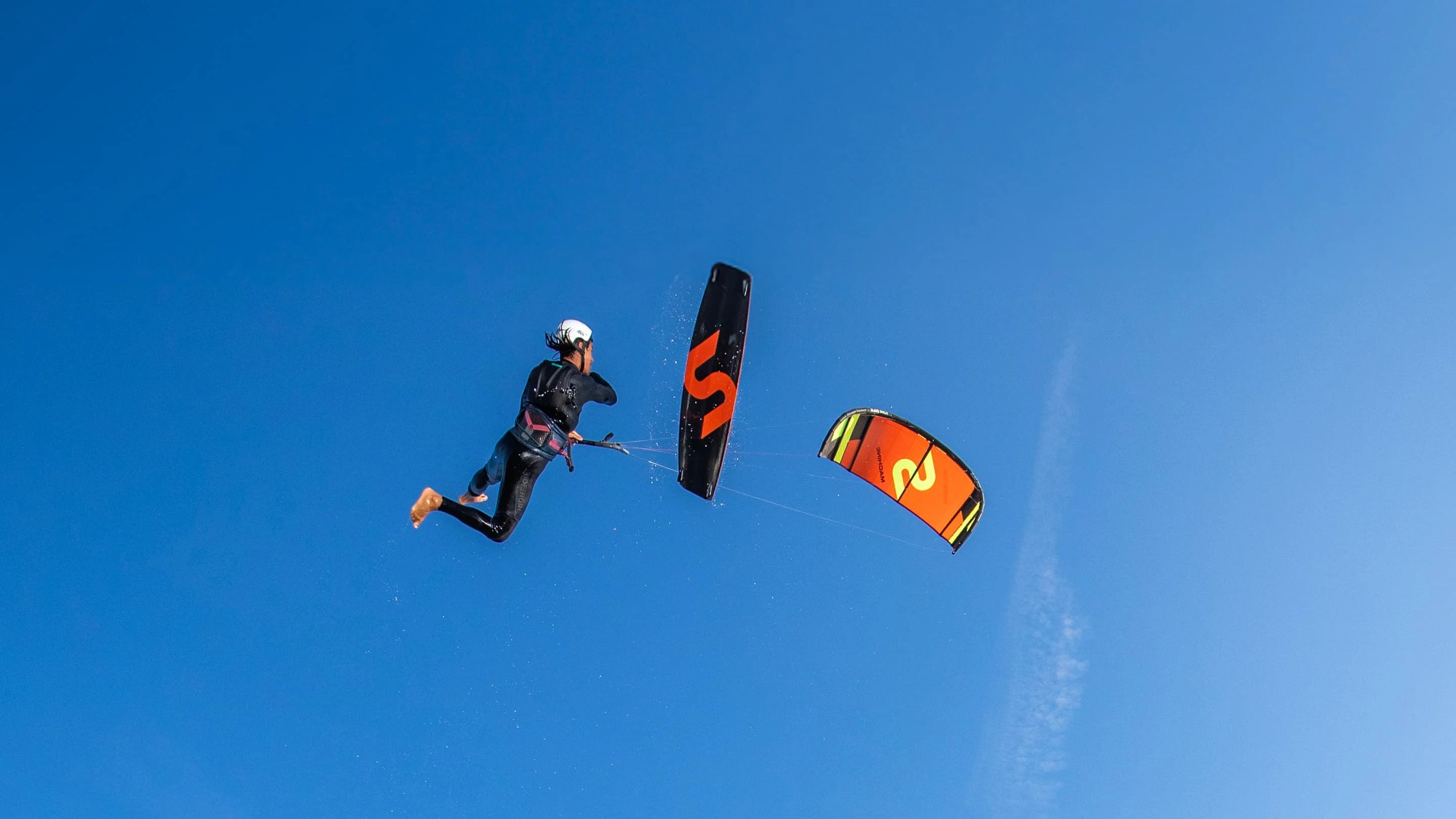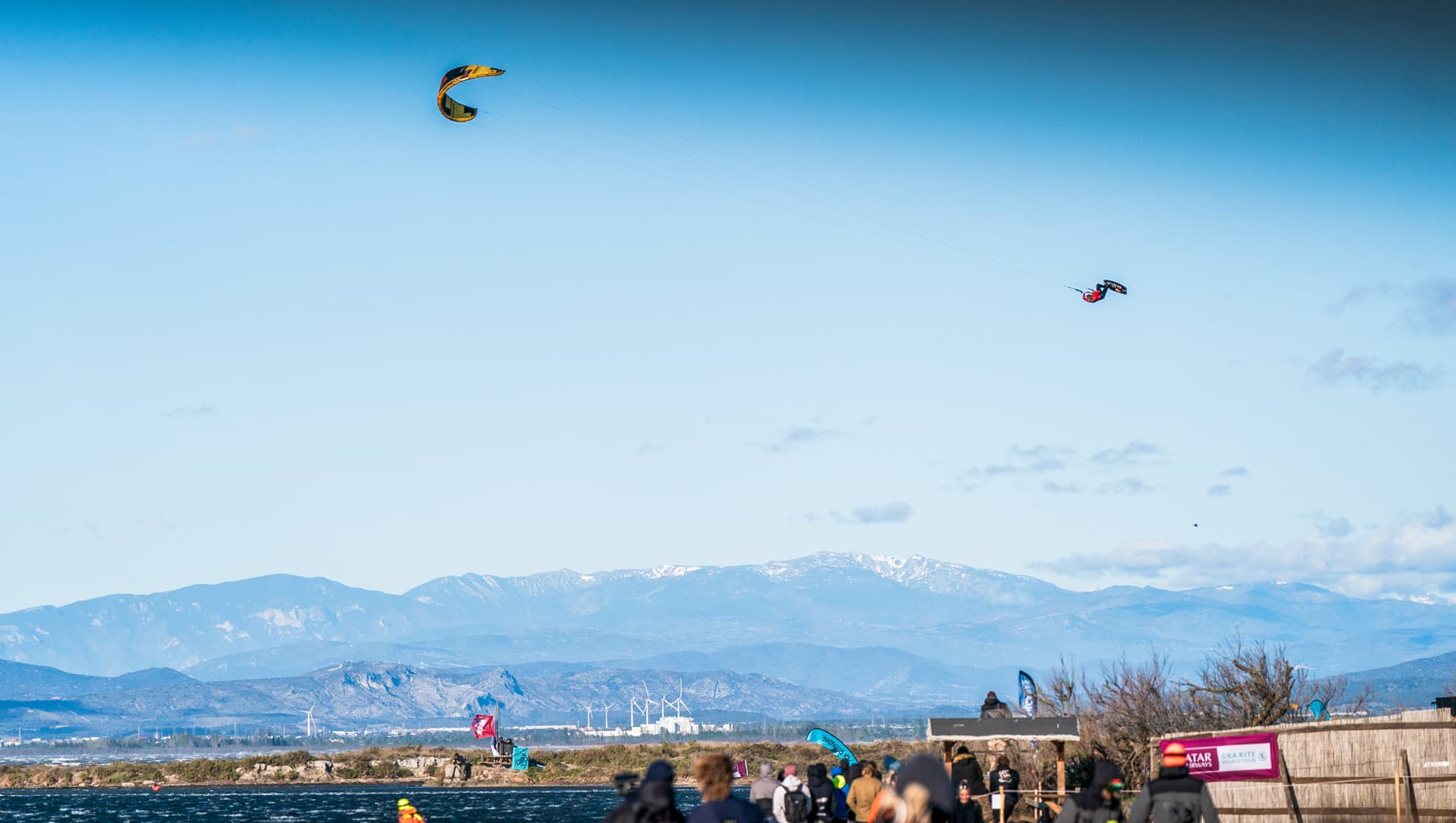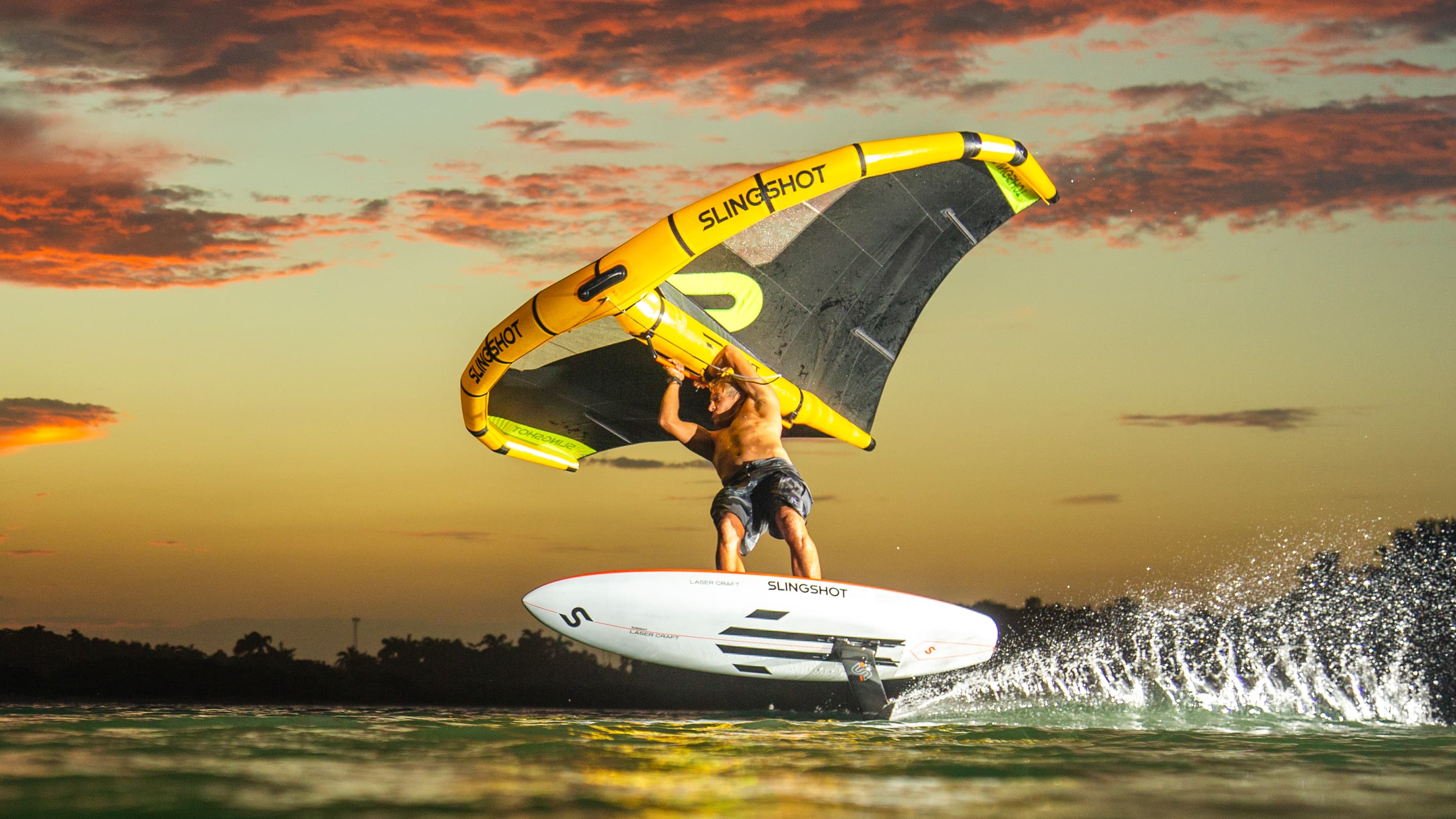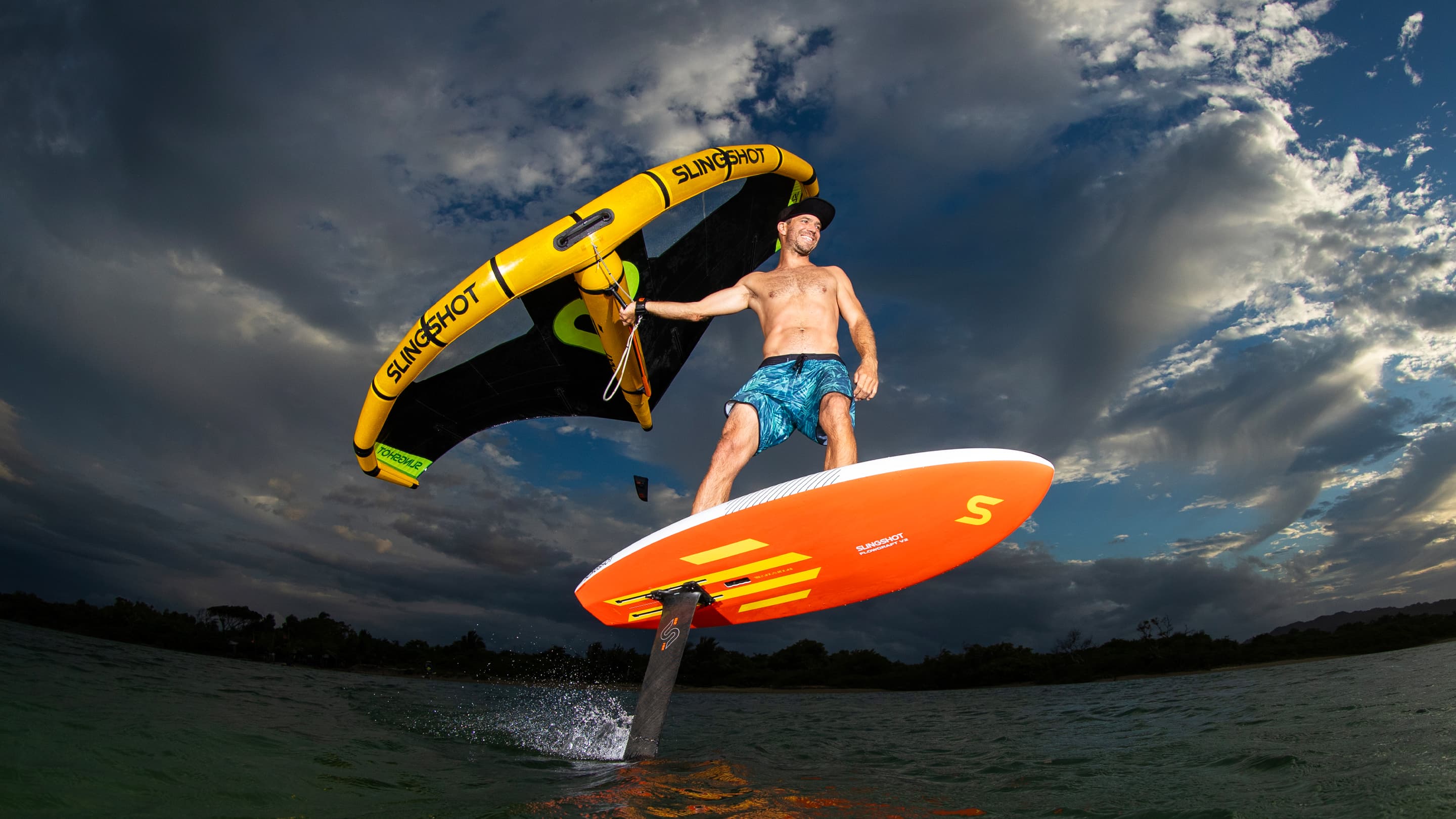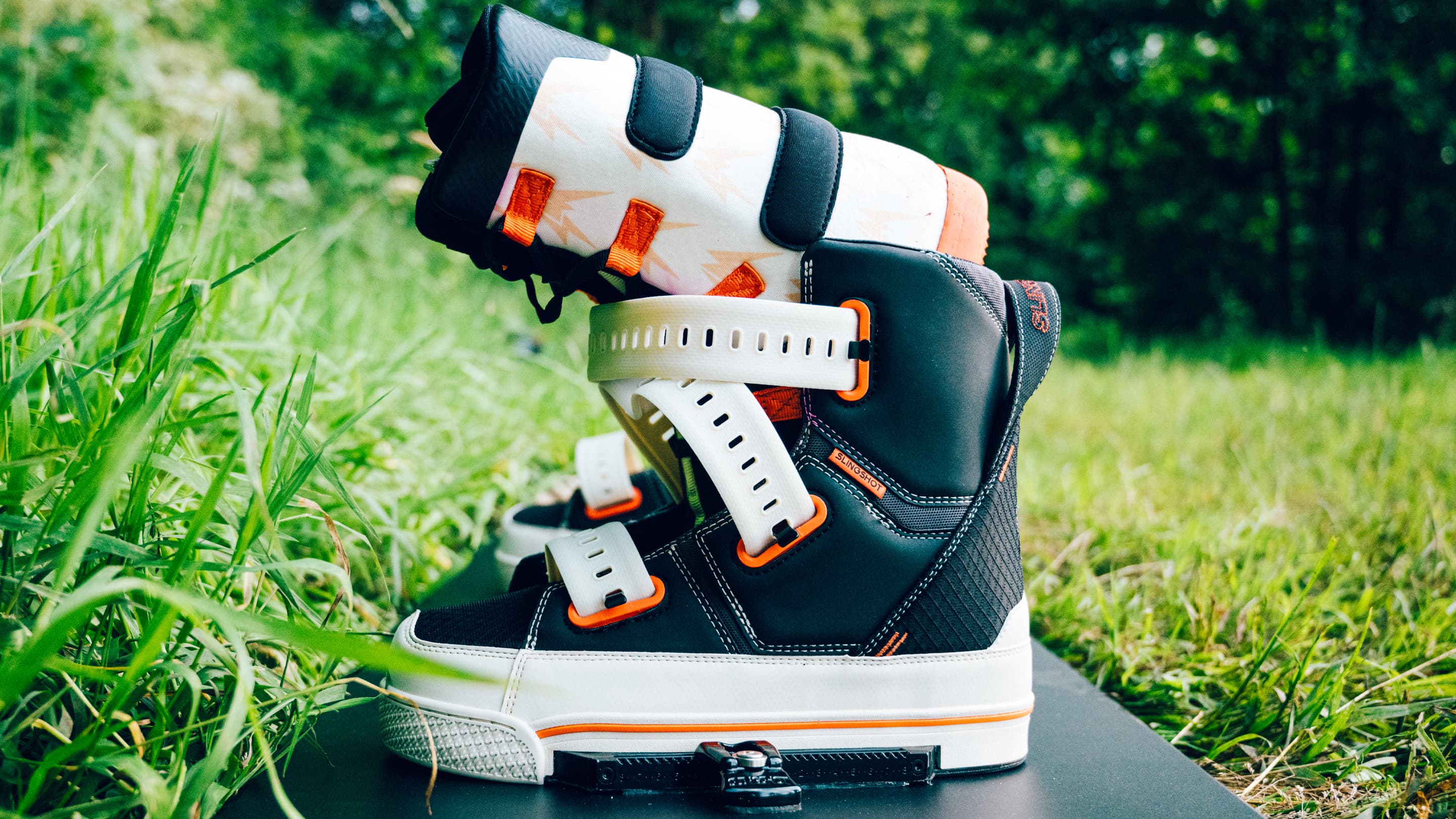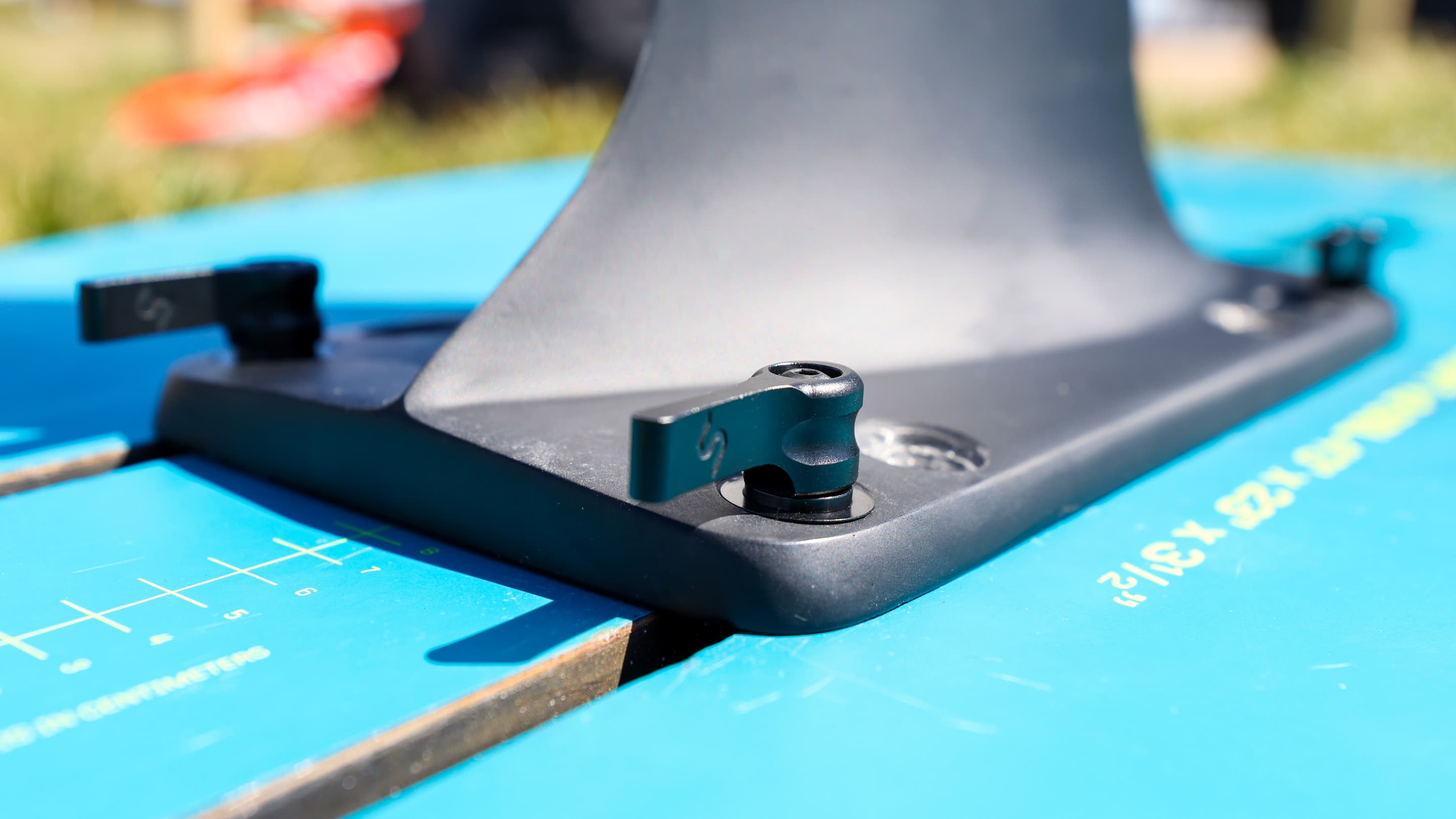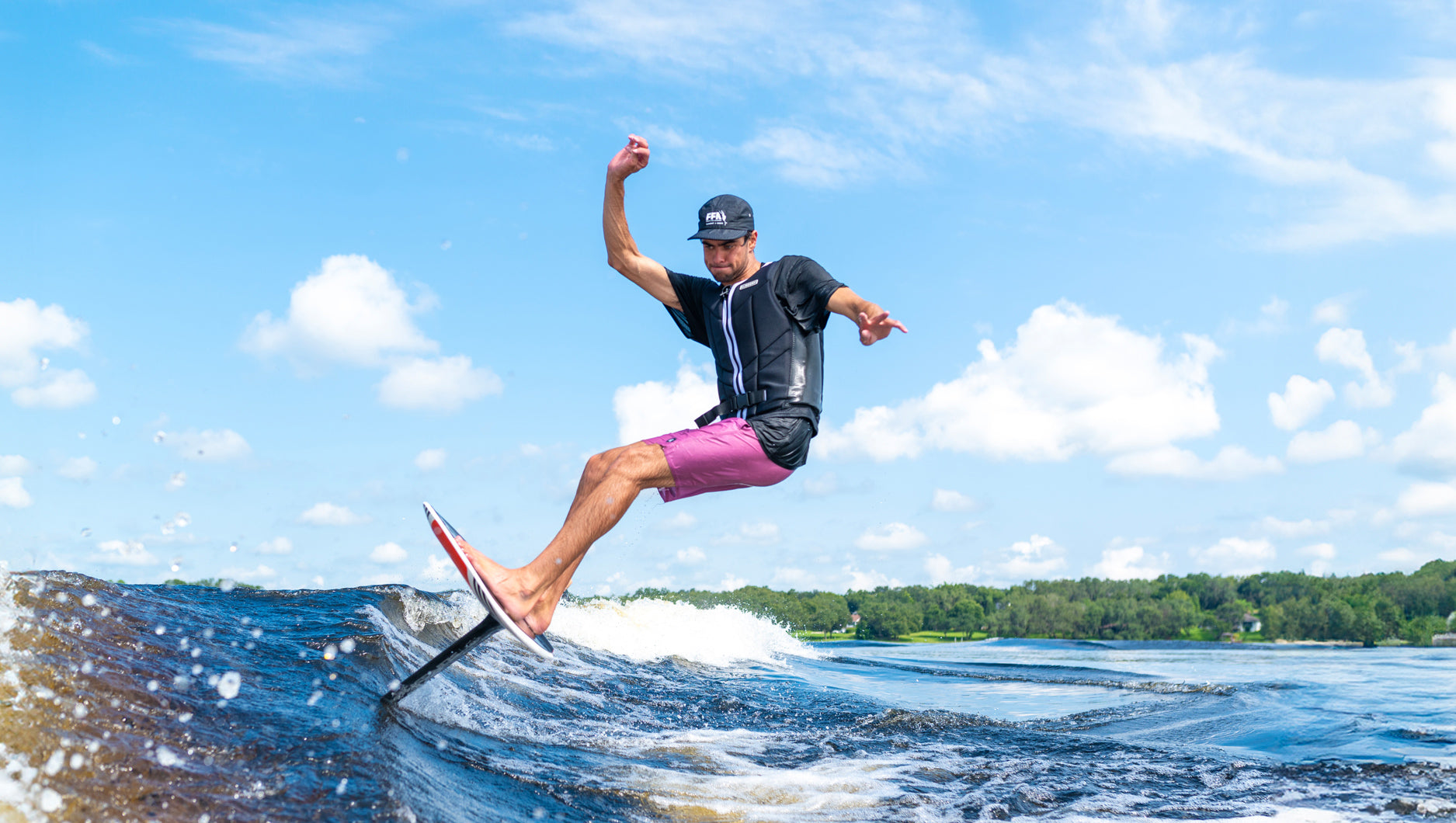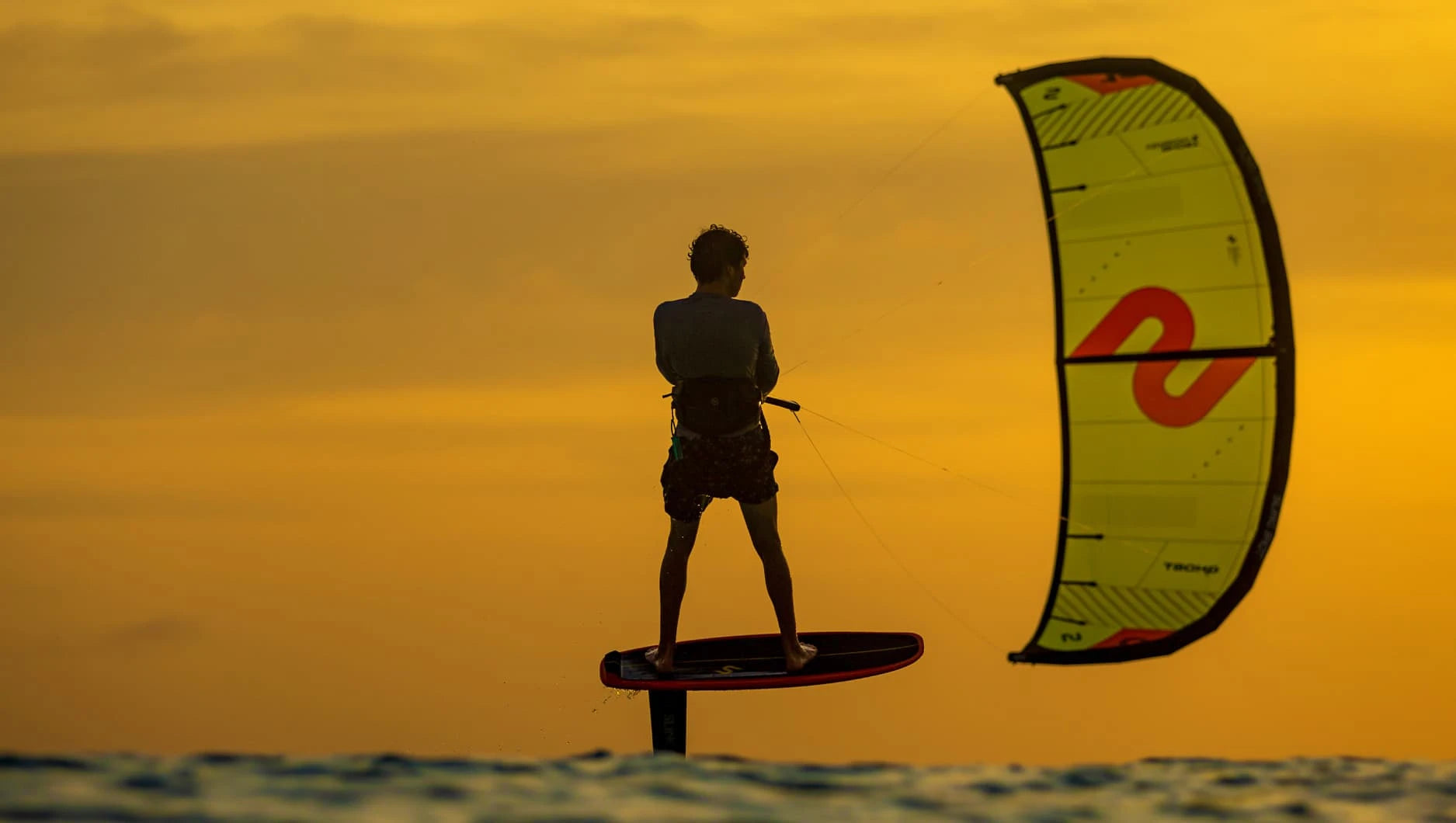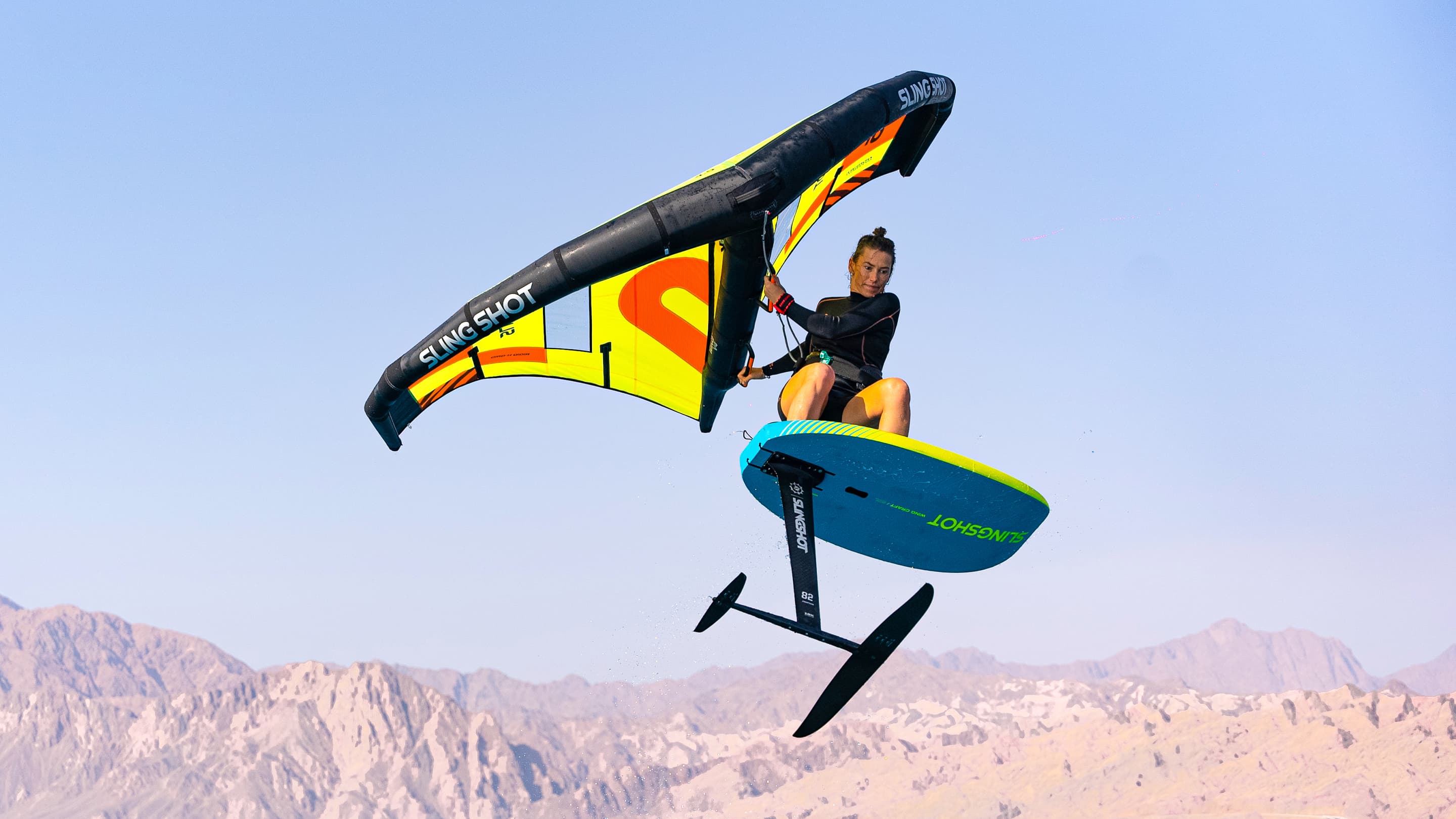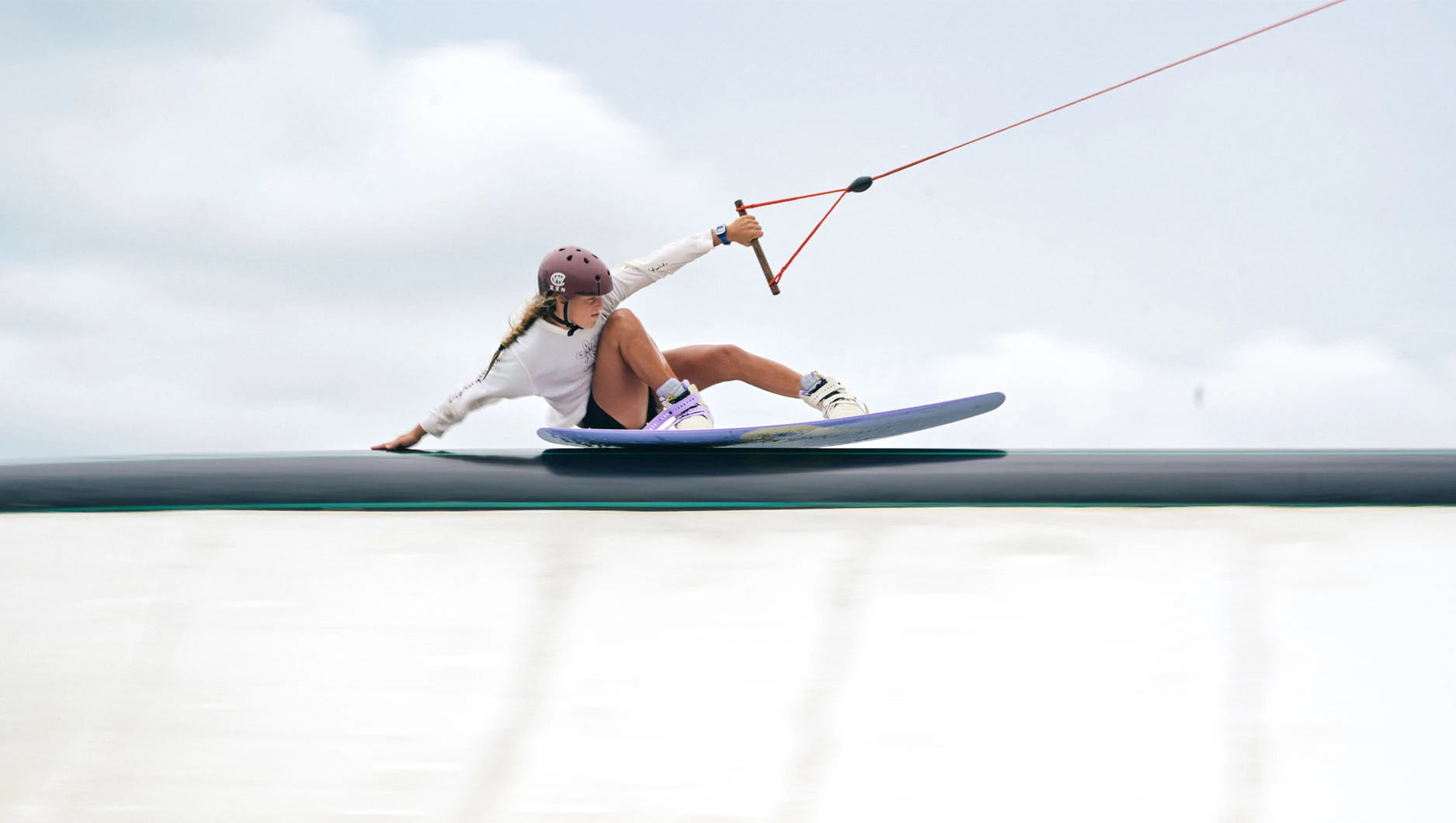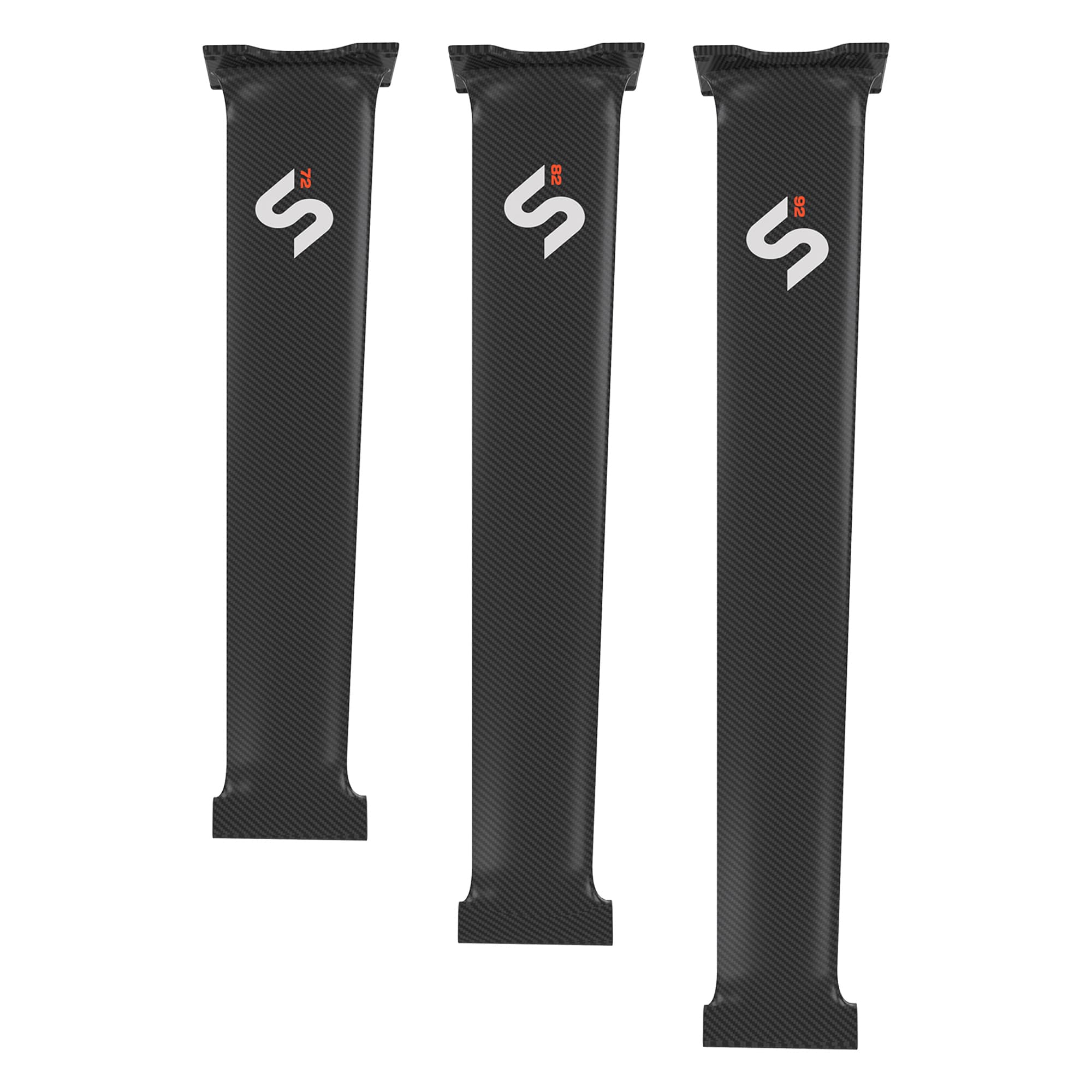How to Choose the Right Hydrofoil Mast
People on the beach ask me what foil to get every day. Today, let’s focus on mast choice. When selecting a hydrofoil mast, three key factors come into play: price, stiffness, and length. Whether you're a beginner or an experienced foiler, understanding these elements will help you find the perfect mast for your riding style.
1. Understanding Mast Construction and Price
Materials and Cost
Before going into the mast options, lets discuss the science behind the different materials:
When designing hydrofoil masts, two key performance factors come into play: bending and torsion.
- Bending is how much a mast flexes when force is applied along its length—imagine placing a mast on its side and standing on it.
- Torsion is the twisting movement of the mast when force is applied—like pulling on the stabilizer while the foil is set up.
Any stress on a mast results in some level of flex, but the amount and type of flex depend on the materials and construction.
Carbon Masts: Precision Engineered for Performance
Carbon masts allow for advanced tuning of both bending and torsion. This is due to anisotropic construction, meaning their properties change depending on the direction of measurement.
- In our carbon masts, 50% of the carbon layers are aligned at 90° (running up the mast) to control bending.
- The other 50% are aligned at 45° (running diagonally) to control torsion.
Additionally, High Modulus carbon uses a more ordered internal structure (the carbon chains that make up the carbon fibers), making it stiffer and more responsive—but also more expensive. This is why different levels of carbon masts exist, offering a range of performance and price points.
Aluminum Masts: Uniform & Durable
Unlike carbon, aluminum masts are isotropic, meaning their material properties are uniform in all directions. This makes them strong and reliable, but with less control over flex, especially in torsion.
While aluminum masts provide excellent durability and cost efficiency, carbon masts offer a refined, high-performance feel with enhanced responsiveness and reduced flex.
If that is a bit of an overload, see below:
- Aluminum Masts – More affordable and durable, making them a great option for beginners or budget-conscious riders. However, they are heavier, and slightly slower and less stiff than carbon options.
- Carbon Masts – Lighter and stiffer, providing better performance and efficiency. However, they come at a higher price, making them more suitable for advanced riders looking for premium performance.
- High Modulus Carbon Masts – The stiffest, providing the best performance and efficiency. These are the ultimate masts on the market and give the rider the most instant feedback from their foil when inputting pressure. This mast features the best stiffness to weight ratio of any of our masts.
Price vs. Performance Trade-offs
- Entry-level aluminum masts – Lower cost, decent stiffness, but heavier.
- Mid-range carbon or hybrid masts – A balanced option between price, weight, and performance.
- High-end carbon masts – Ultra-stiff for maximum performance, but at a premium price.
2. Stiffness and Its Impact on Performance
Why Stiffness Matters
- Reduces flex for more precise control.
- Improves energy transfer, making pumping and high-speed riding more direct and efficient.
- Crucial for advanced riders, racers, and those using larger foils.
Factors Affecting Stiffness
- Material choice – Carbon is stiffer than aluminum.
- Mast thickness and profile shape – Thicker and reinforced profiles add stiffness.
- Connection points – High-quality mast-to-fuselage and mast-to-board connections reduce flex and increase responsiveness.
3. Choosing the Right Mast Length
Short Masts (52-72cm)
- Easier to control, making them ideal for beginners.
- Great for shallow water riding.
- Less leverage, which makes it easier to recover from mistakes.
- Put the front wing of the foil more in the energy of the wave.
Medium Masts (82cm)
- The best all-around choice for most foiling disciplines.
- Provides a balance of stability and maneuverability.
- Keeps with the close to the energy of the wave with the ability to ride in rougher conditions
Long Masts (92cm+)
- Best for high-performance riding, racing, and big waves.
- Allows for more aggressive carving and better handling in choppy water.
- Requires more skill as mistakes are harder to recover from due to the higher ride height.
- Very important for kite foiling (where wave energy is less of a priority)
Matching the Mast to Your Riding Style
- Beginner / Learning → Shorter aluminum mast for control and stability.
- Freeride / All-Around → Medium-length mast with a balance of stiffness and affordability.
- High Performance / Speed → Long, stiff carbon mast for maximum efficiency and speed.
Final Thoughts
Choosing the right hydrofoil mast depends on your skill level, riding conditions, and performance needs. If you're just starting, an aluminum mast with a shorter length will make learning easier. As you progress, upgrading to a stiffer carbon mast with a longer length can unlock better performance and efficiency
By understanding price, stiffness, and length, you can make an informed decision and get the most out of your hydrofoiling experience!
For high-level riding, I always choose the High Modulus mast as my go-to. Direct feedback is crucial, and the stiffer the mast, the more connected I feel. This added precision keeps me in control, helping me stay on the board and progress faster than I would with any other mast in our range. While the other masts offer great performance, if you want the ultimate control, go with a High Modulus mast.
- Fred Hope




